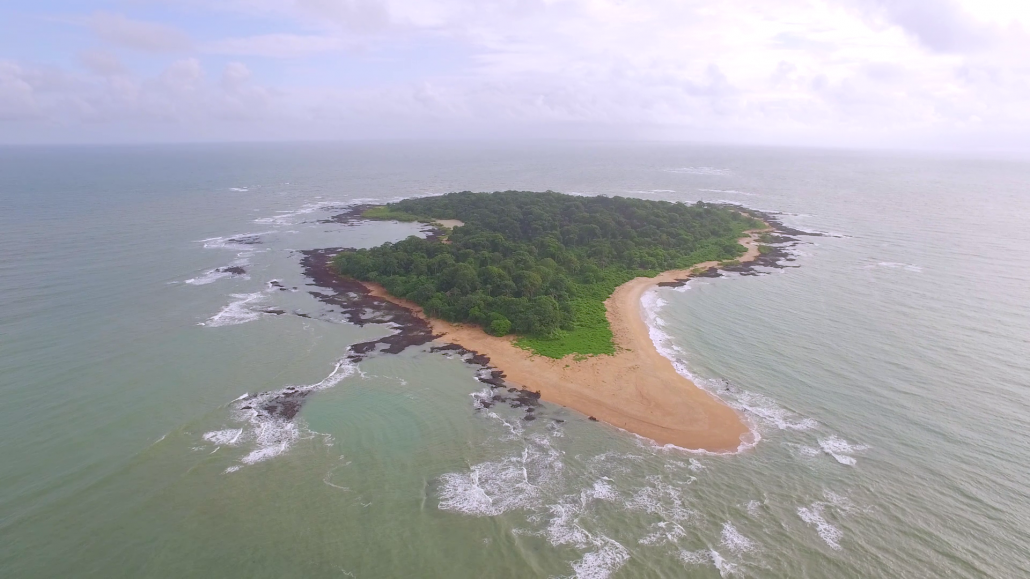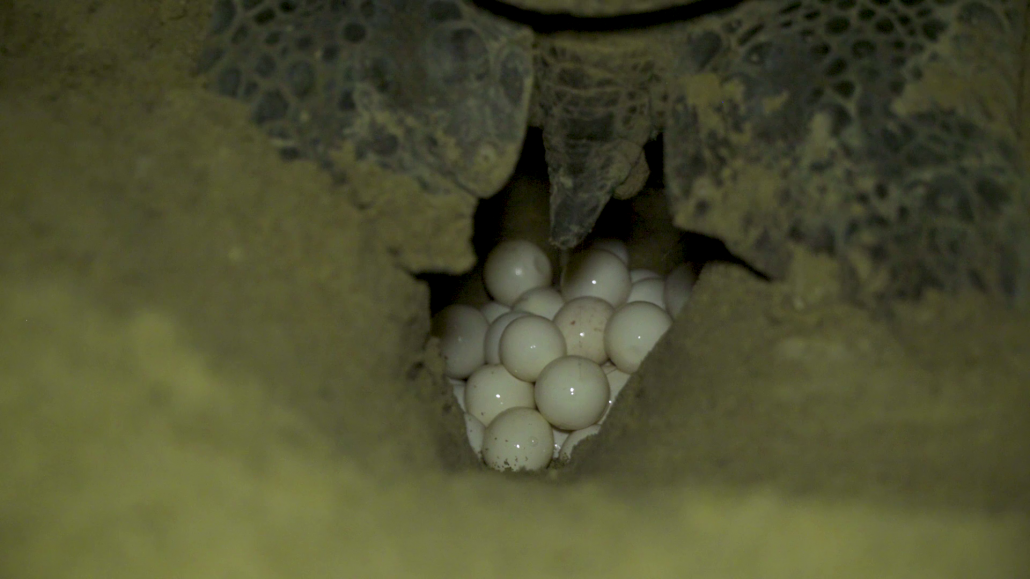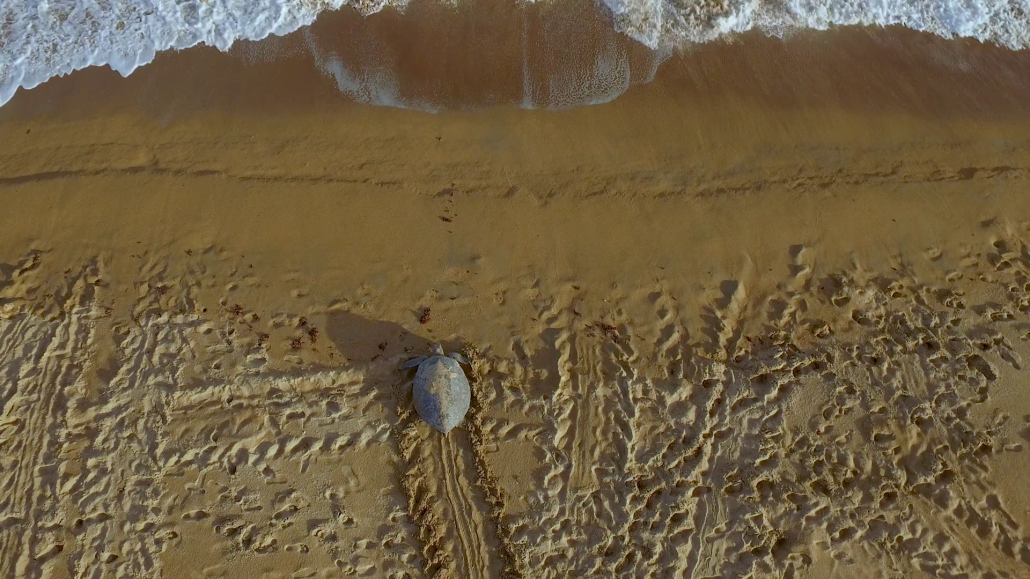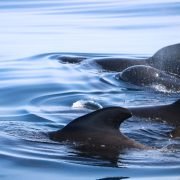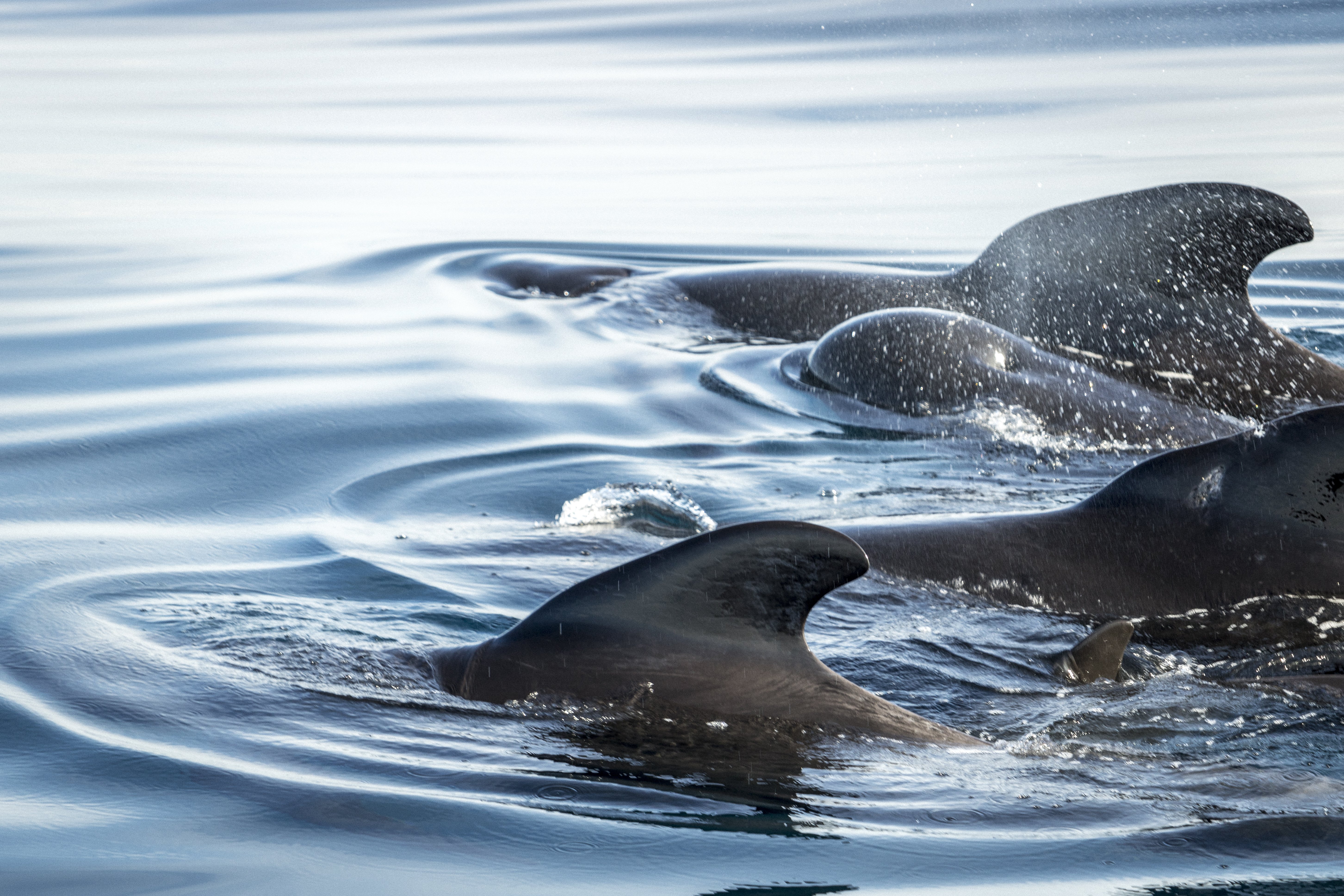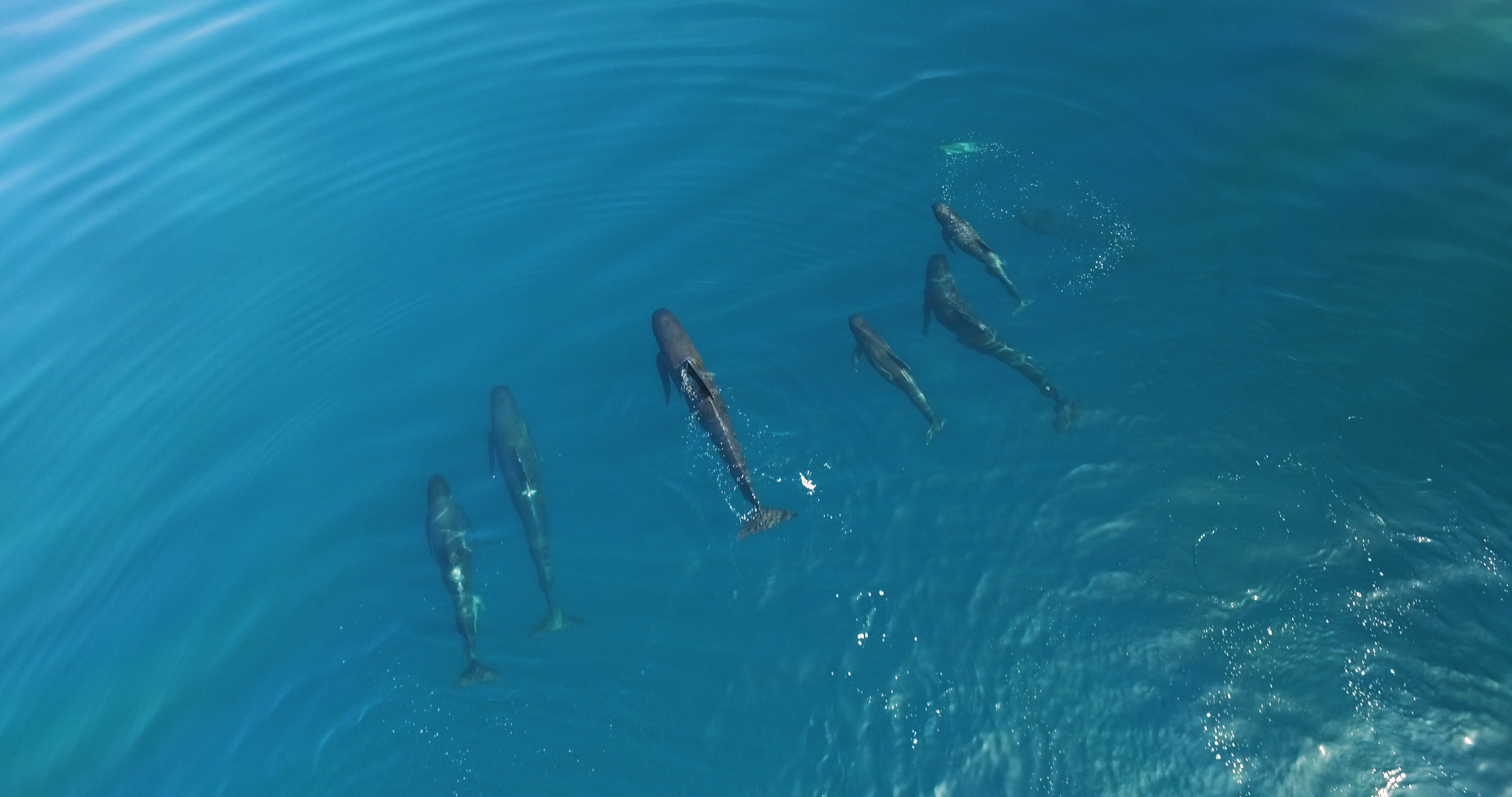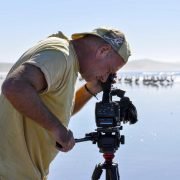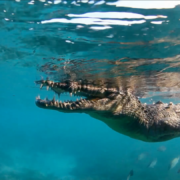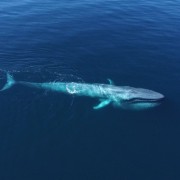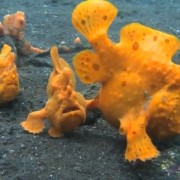I’m not long back from a scouting trip wildlife filming South Africa. Something very different to our usual filming locations underwater. This project is definitely land based! An exciting and very different adventure for us. A scouting trip to South Africa’s game reserves in connection with a new film project.
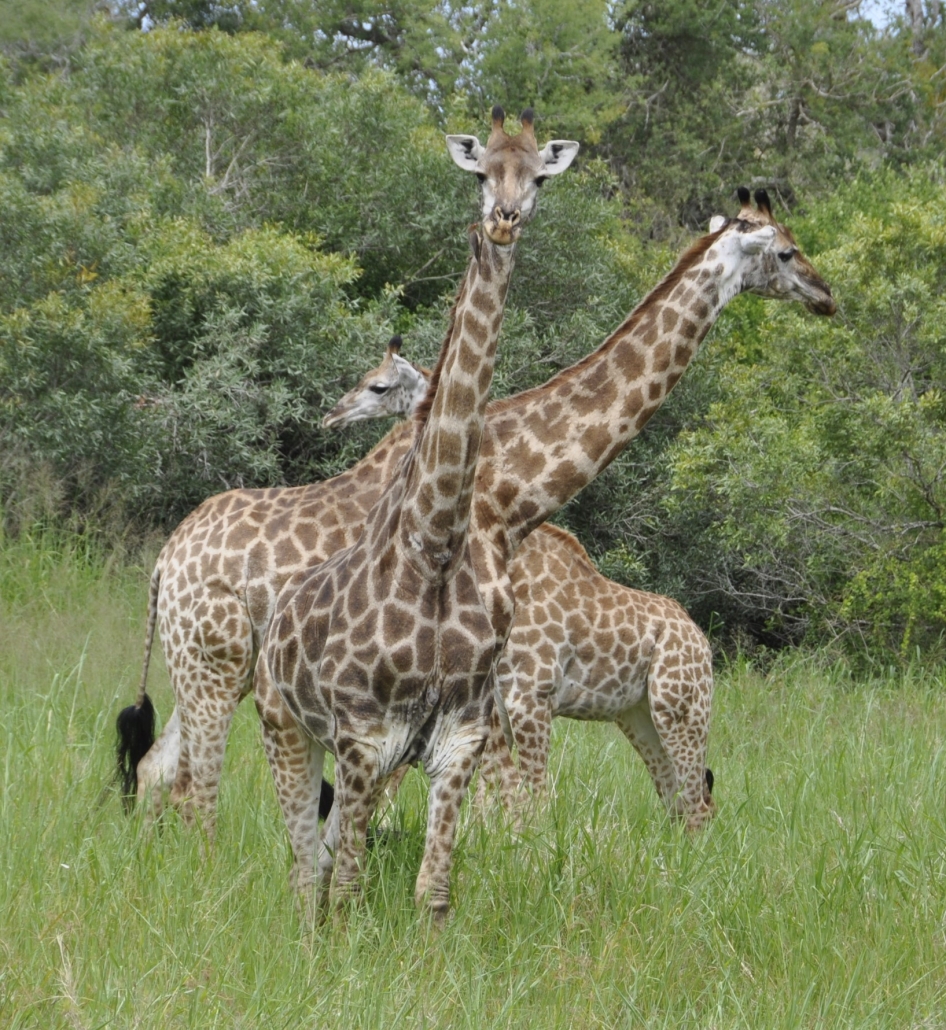
Three headed giraffe!
South African Game Reserves
I’d visited South Africa before, but that trip had been for underwater filming. So I’d never visited the game reserves. But even though I knew their reputation, I was blown away with the incredible diversity and volume of wild creatures.
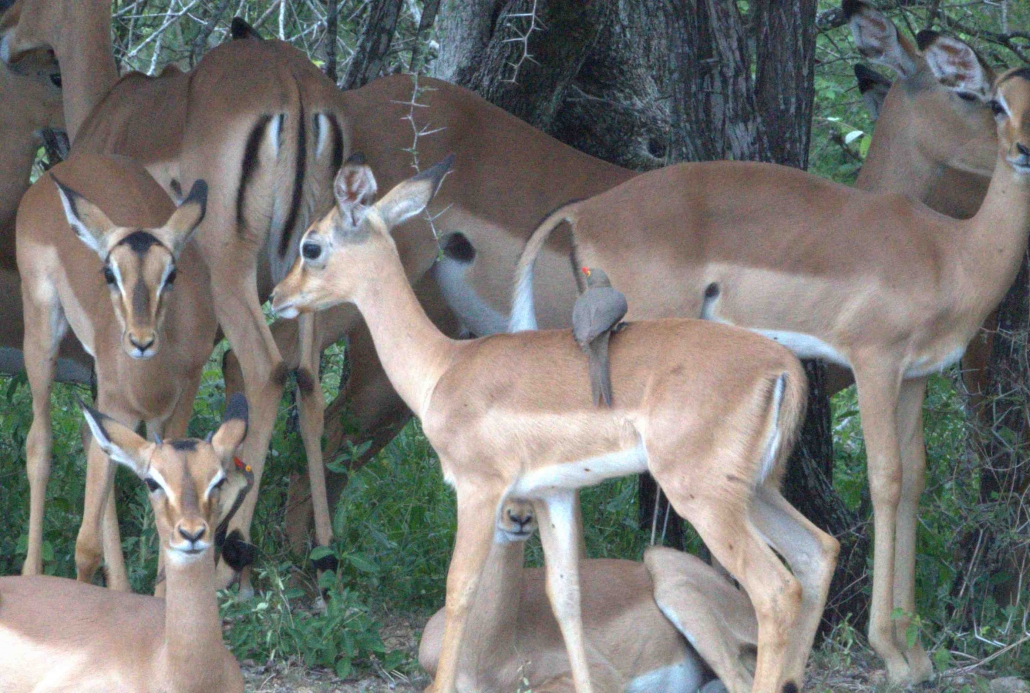
A comfy perch
Warthogs
It’s hard to choose a favourite creature. But there’s something about warthogs that I love…
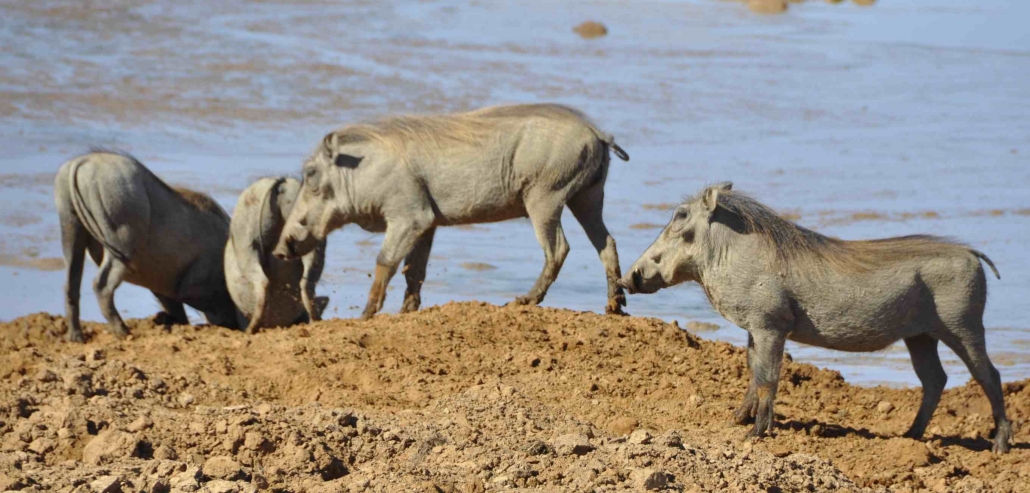
I love warthogs
Big cats
Wasn’t lucky enough to see lions – so definitely got to head back for that experience. but a few good leopard sightings.
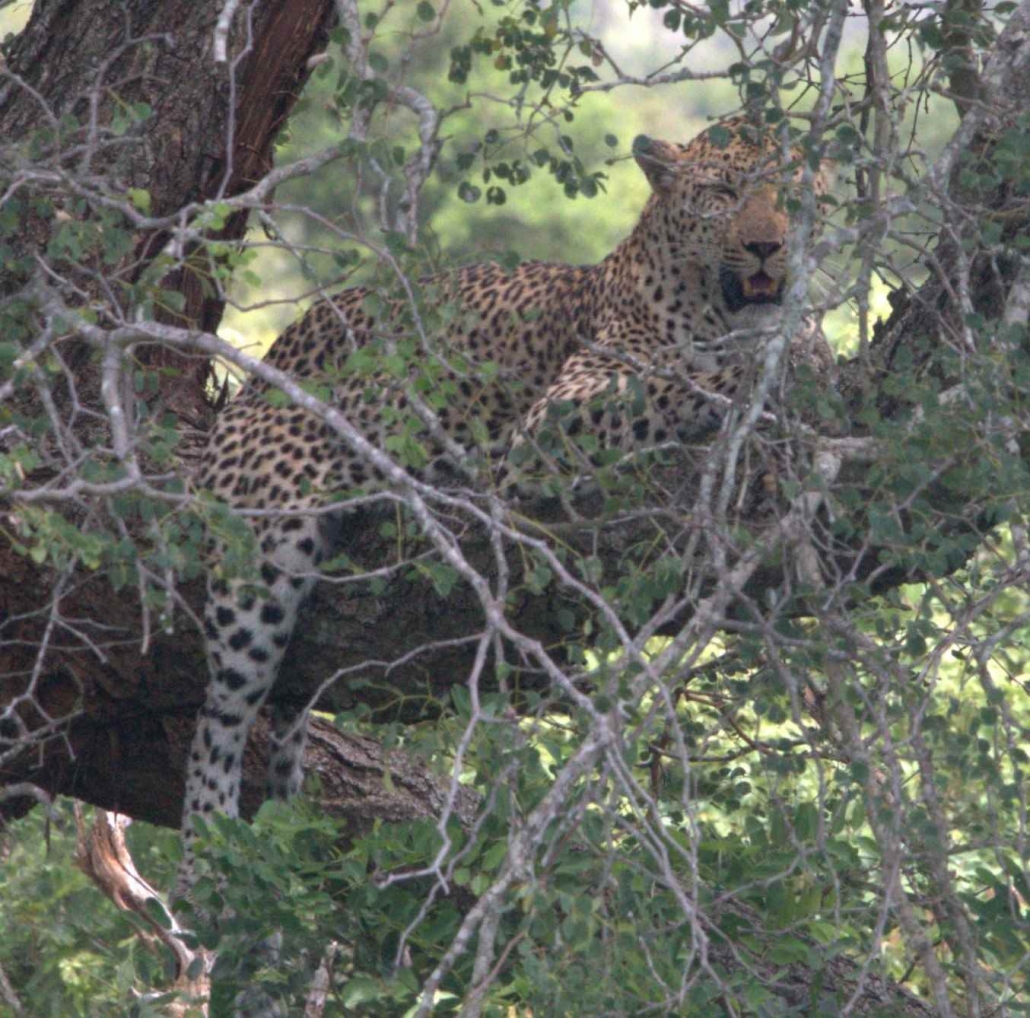
Lurking leopard
Animals with attitude!
As well as the usual favourites, some of the less popular creatures also grabbed my attention.
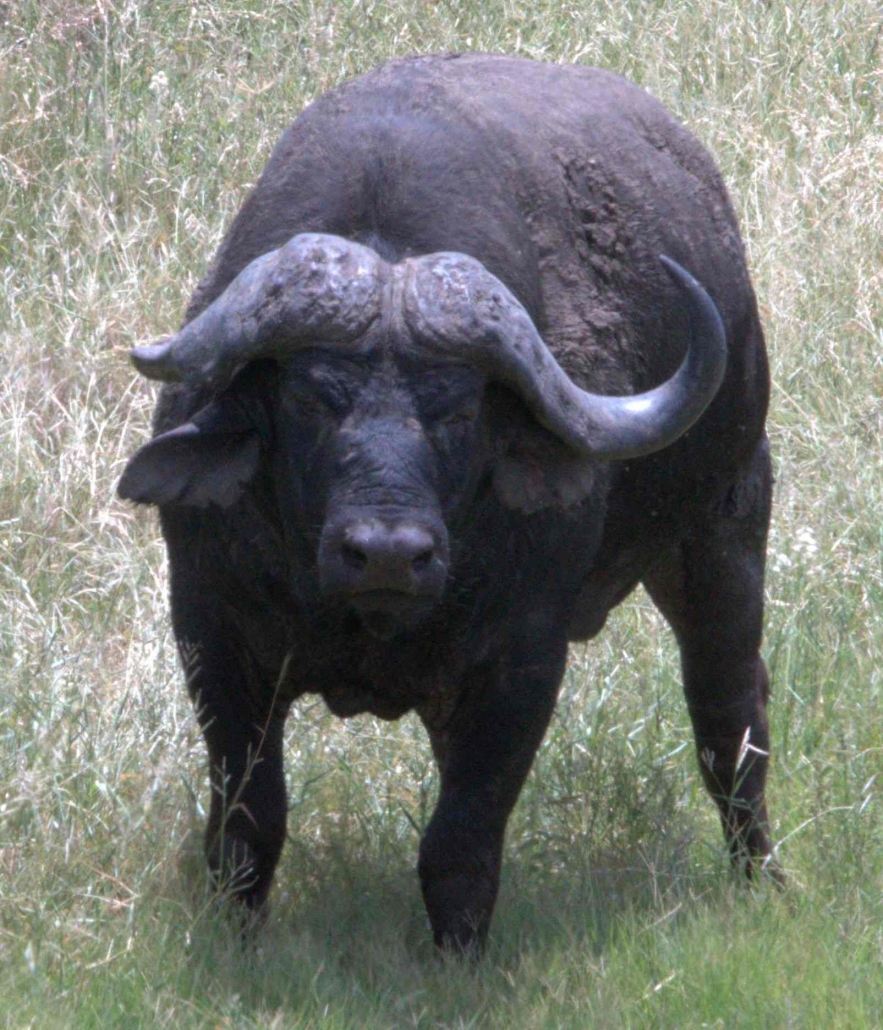
Fantastic bird life
There was so much to see that I rarely managed to find time for filming birds. That was a big mistake – again something for the return visit!
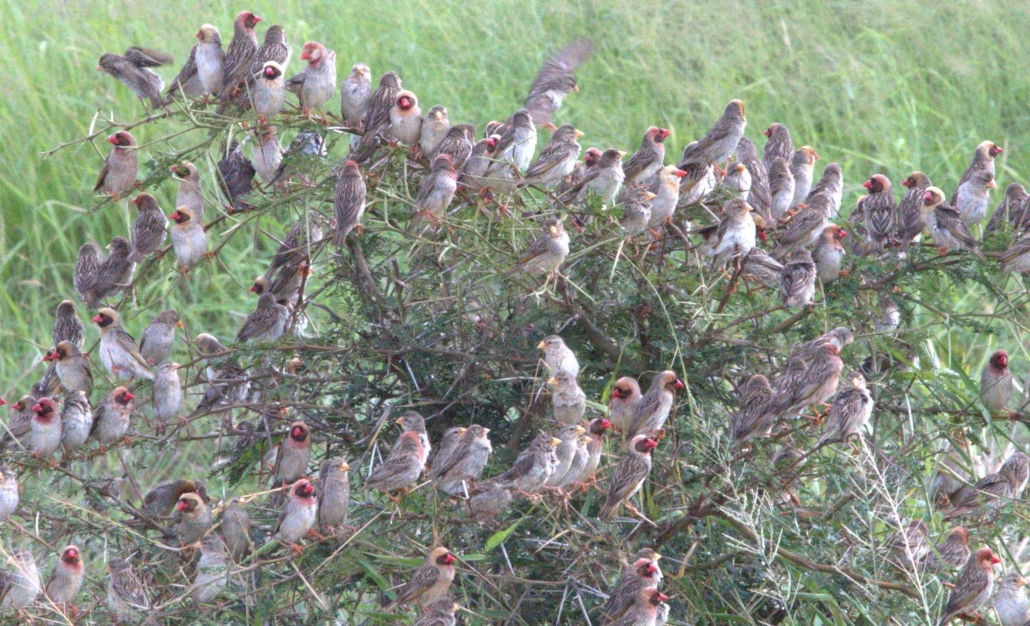
Storks perching
One of my favourite shots, silhouetted against the African sky.
S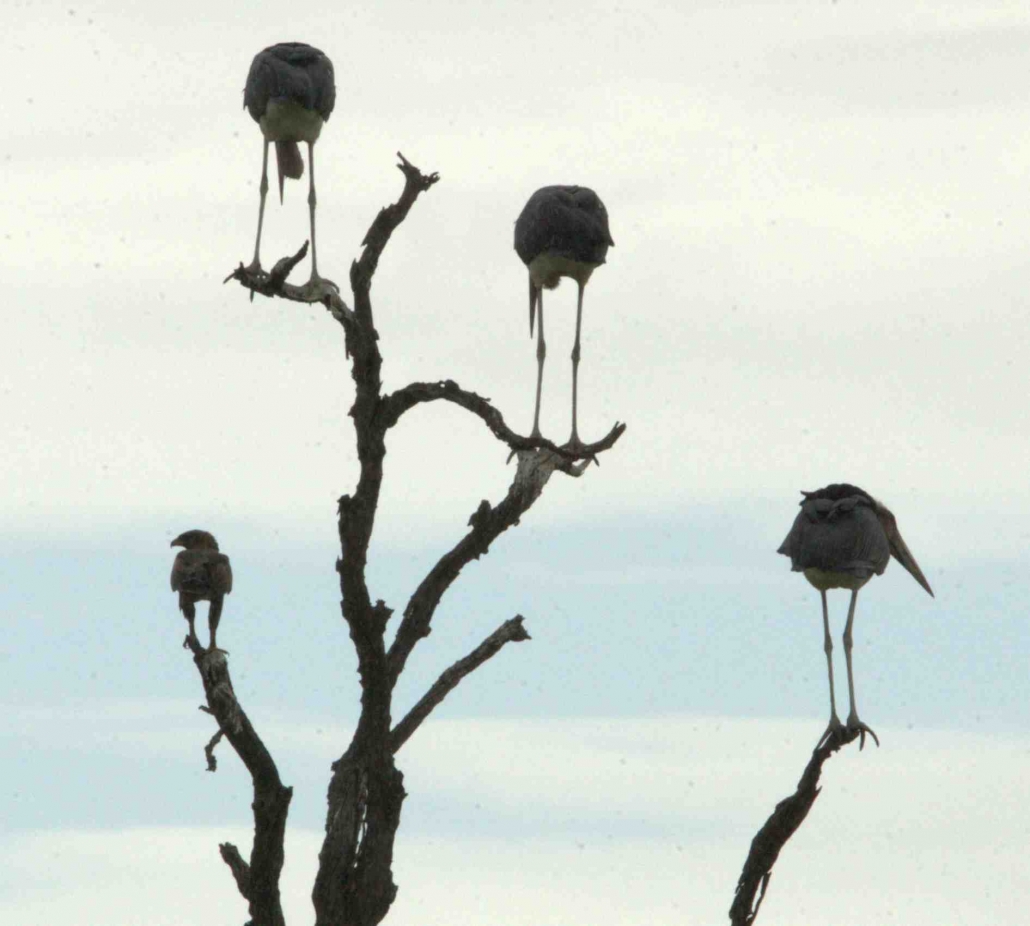
Wild dogs
While on the very last morning, just after dawn as I was leaving the park, I met this pack strutting as if they owned the whole Kruger!
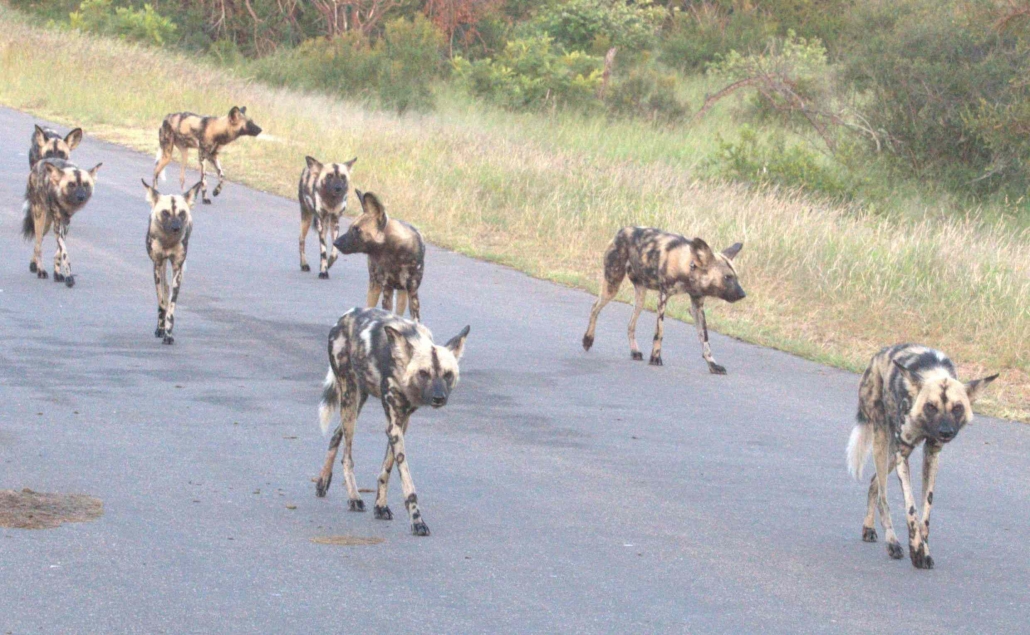
Wild dogs with attitude!
Most incredible encounter?
Out of all my wildlife filming South Africa so far? It has to be an early morning at a waterhole. Ten sleeping rhino, all horns intact. Three hippos in the water right alongside them. And a herd of elephant on the far side of the waterhole. WOW!!!
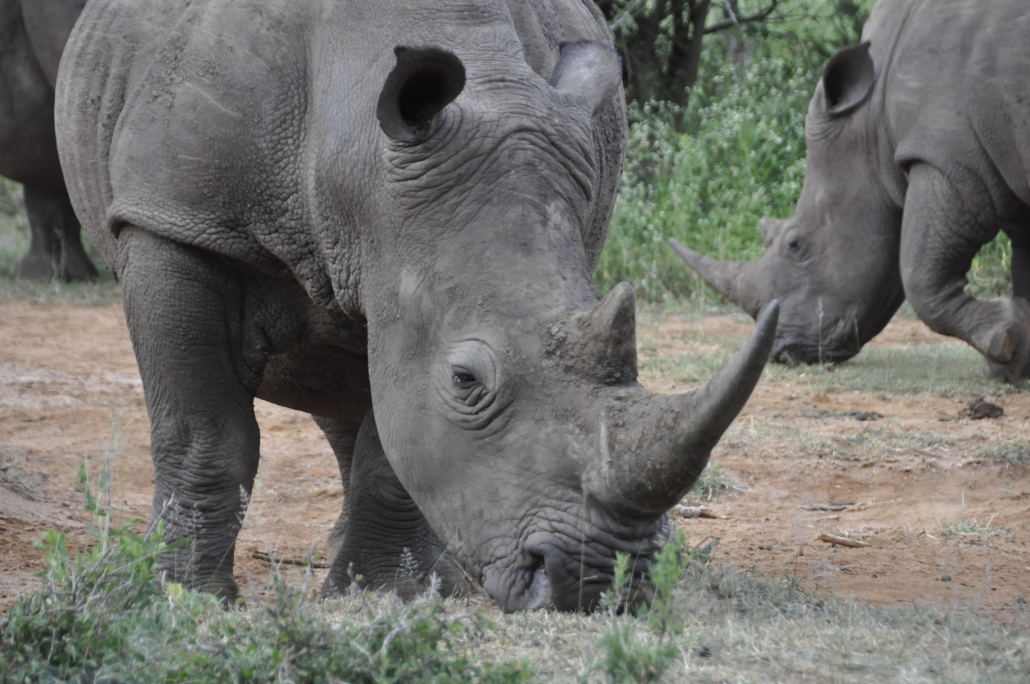
Rhino in Swaziland
From big creatures to small…
Who can’t love the humble dung beetle?
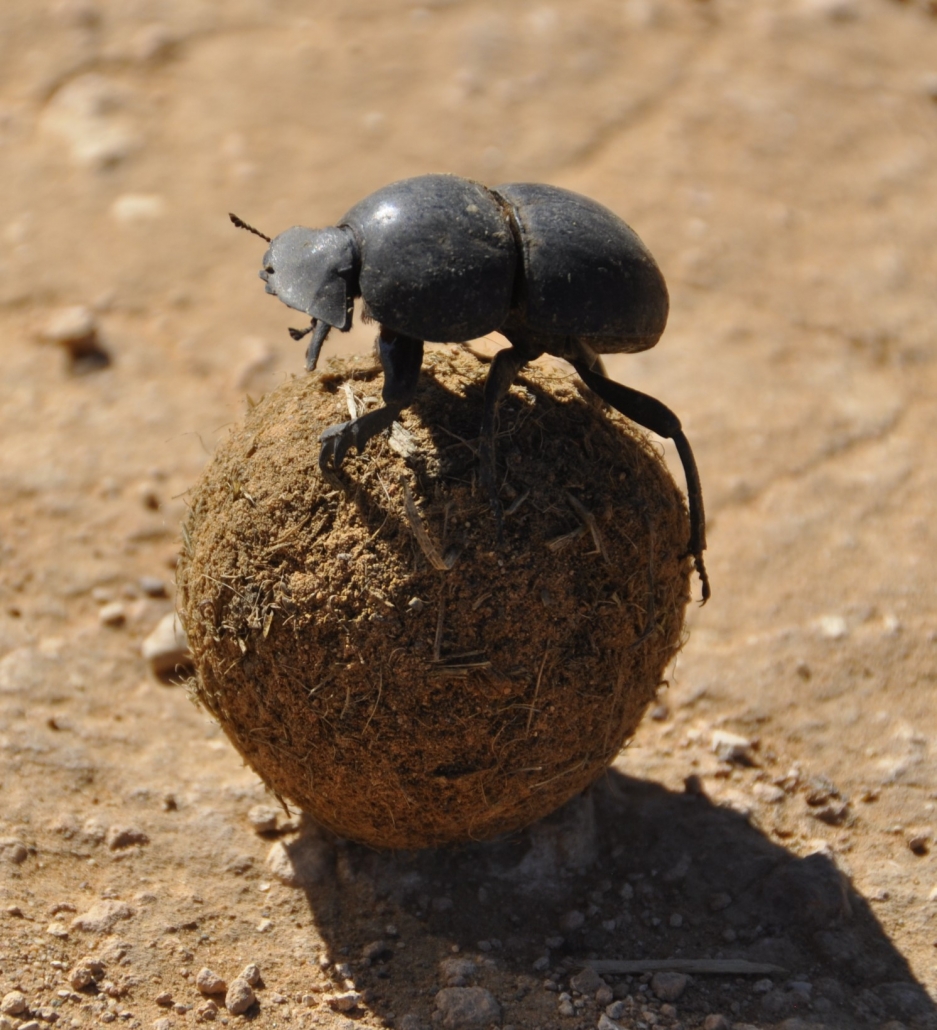
Dung beetles are just so cool!
And the elephants
Just so many incredible elephant encounters.
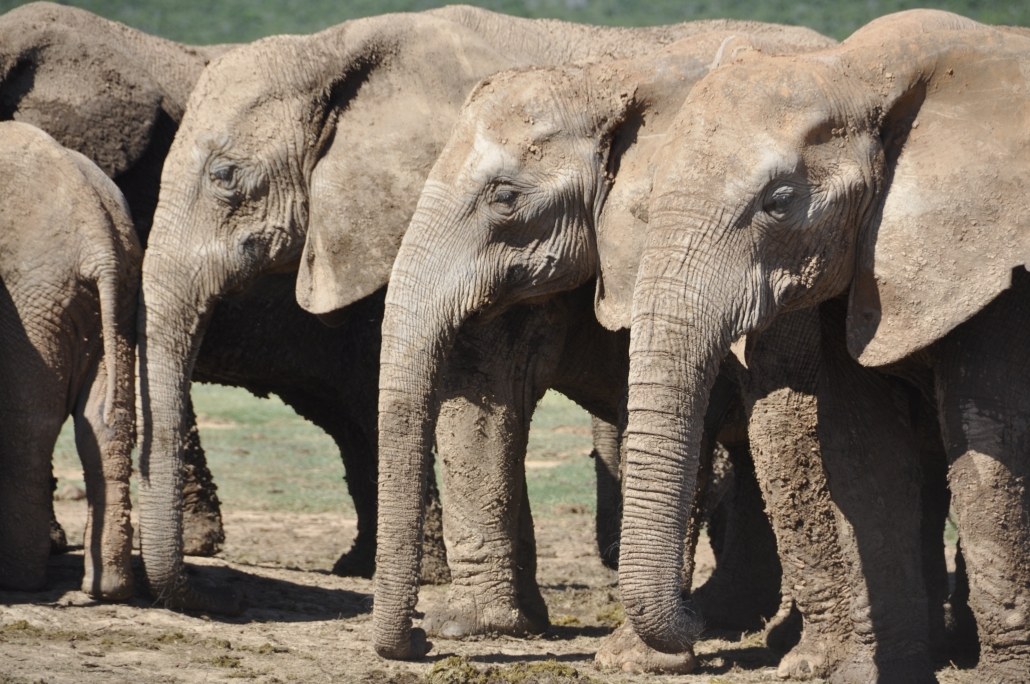
Wisdom
I’ve travelled to many places, but this South African wildlife filming experience ranks among the best.
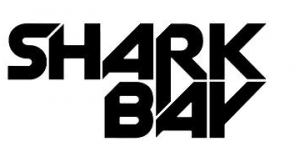
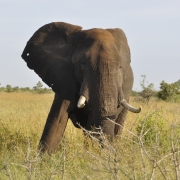 Shark Bay Films
Shark Bay Films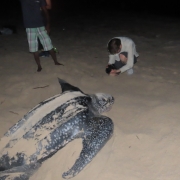 Brendan Godley
Brendan Godley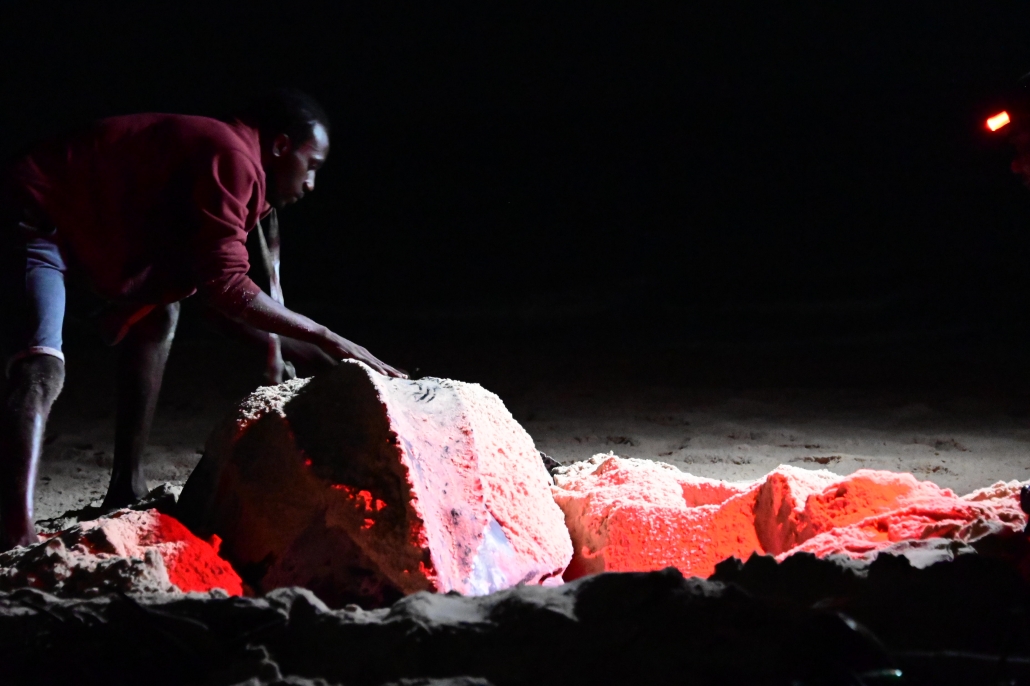
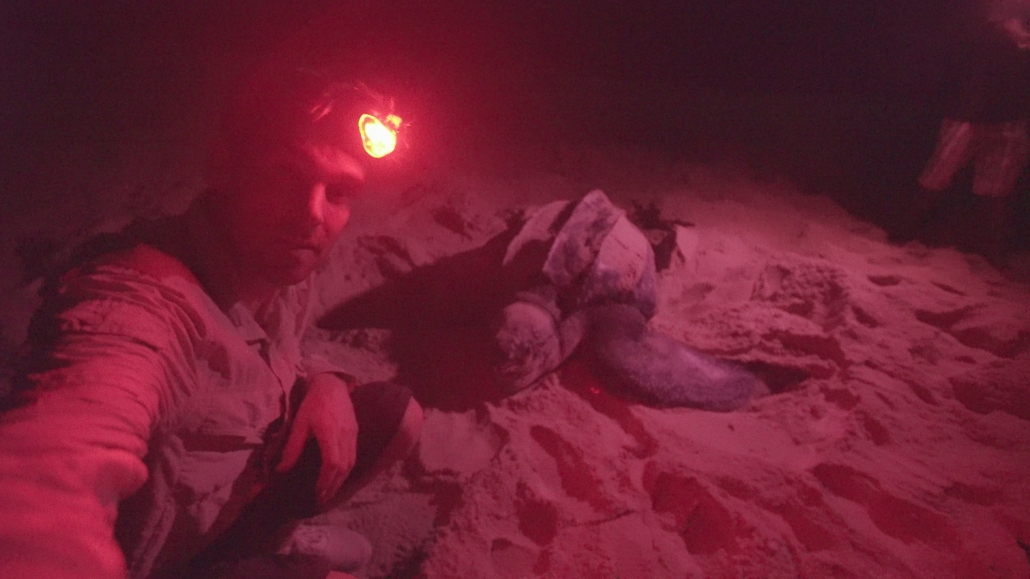
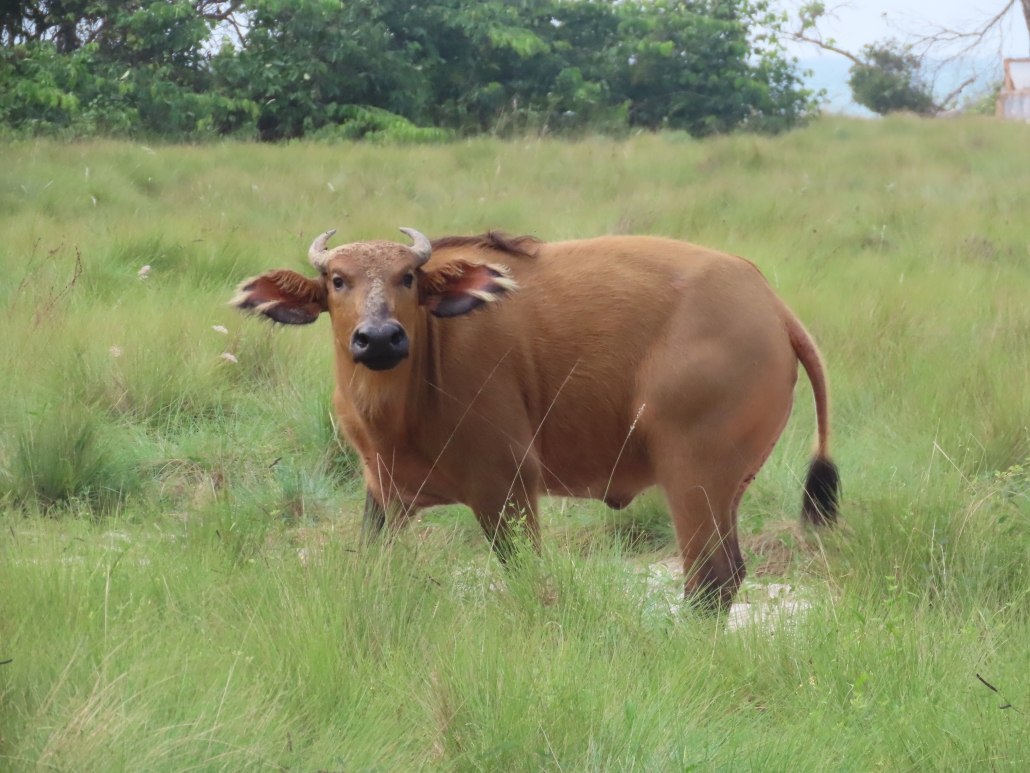
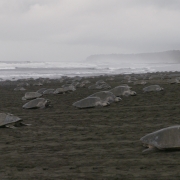 John Boyle
John Boyle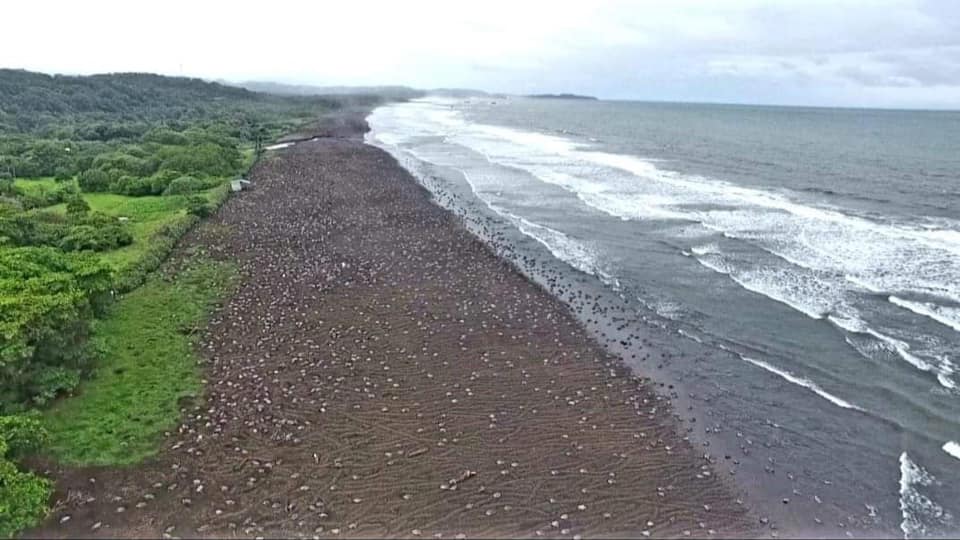
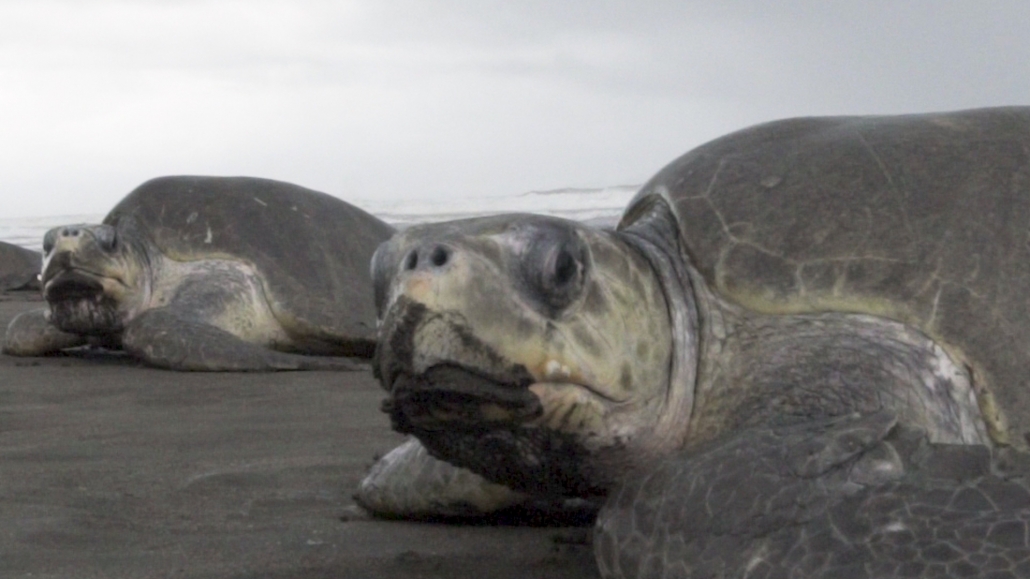
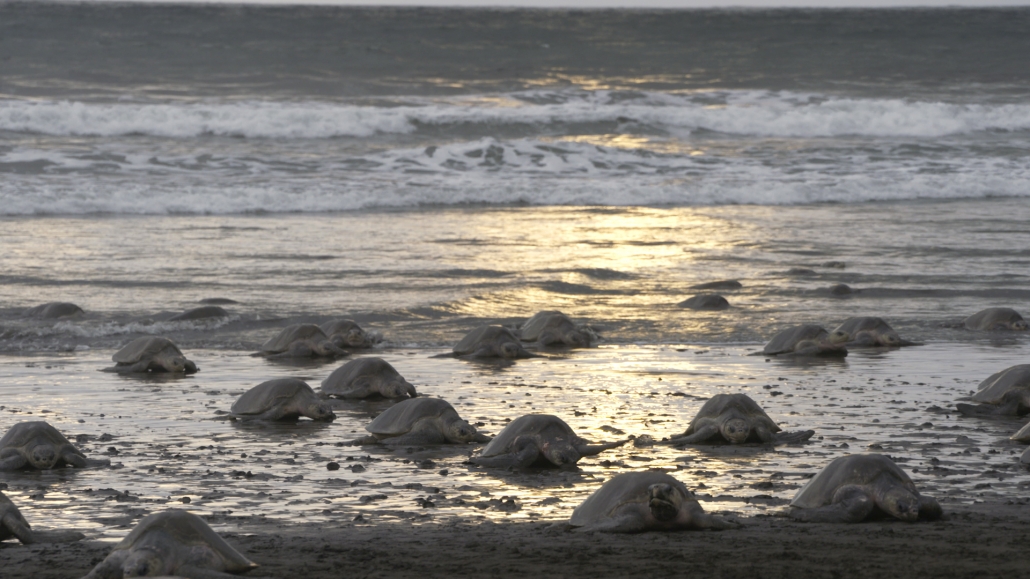
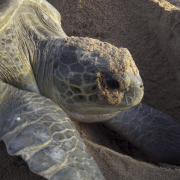 John Boyle
John Boyle